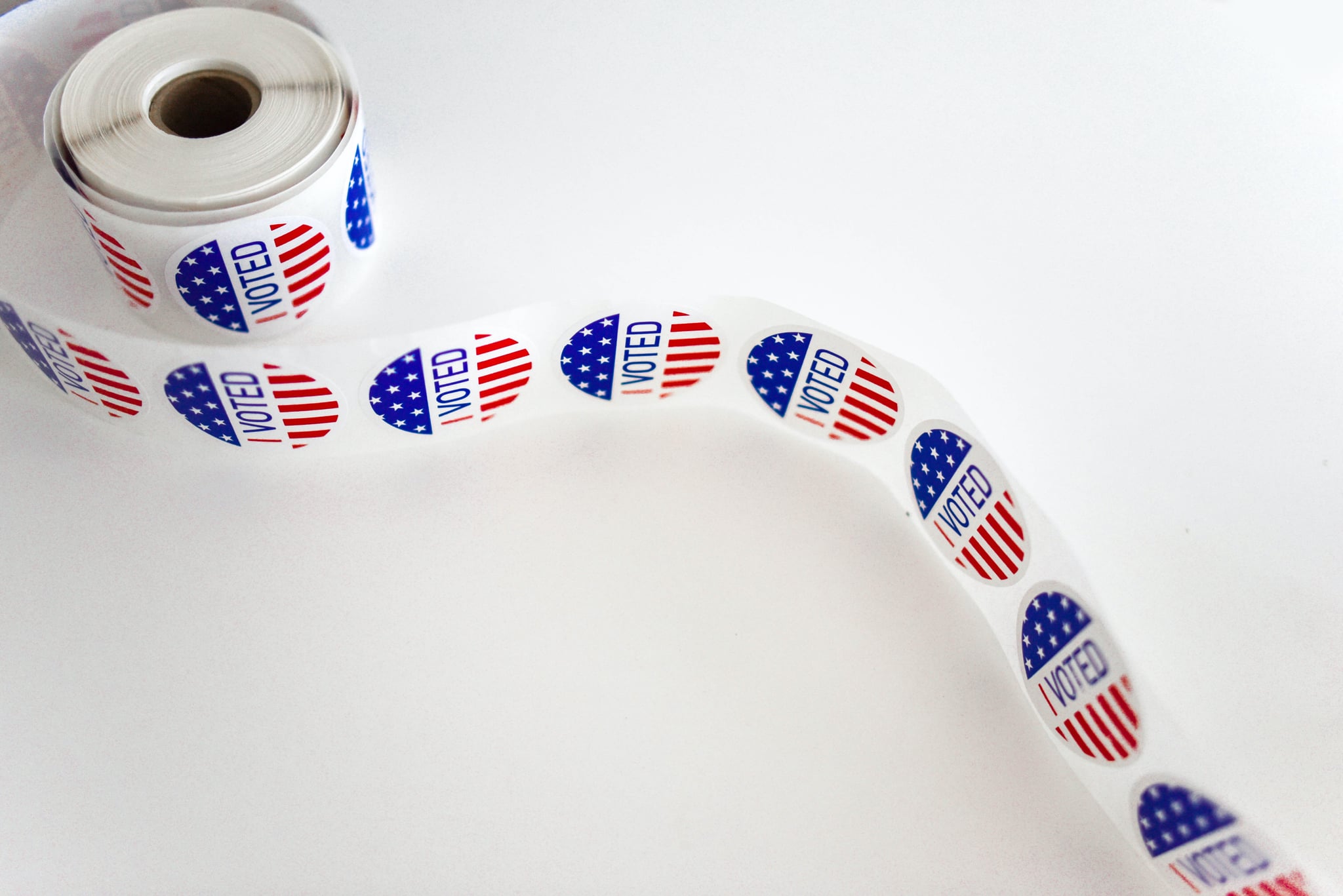Electoral College for Kids
How to Explain the Electoral College to Kids

It's hard to escape headlines about the election. And with many kids, and parents, spending more time at home, conversations and questions are coming up more frequently. One thing that makes America's election unique is the Electoral College. The Electoral College is complicated, even for adults. It's also highly contested, as there have been about 700 attempts to reform or abolish it. Furthermore, four presidencies have been secured by winning the Electoral College, but not the popular vote. While it may be complicated, it's an essential part of understanding how our democracy functions, and why election outcomes happen the way they do. Here's how you can answer questions about the electoral college from kids that want to know.
What Is the Electoral College?
The Electoral College is a group of people chosen to represent their state in the election. These people, known as electors, have the important job of representing the way that their state voted. For example, your class might have a class leader who speaks for the class when important decisions need to be made. Instead of hearing 20-30 voices, the teacher just has to listen to one person, who represents the best interests of the class.
How Are Electors Chosen?
Each state gets a certain number of electors, which equal the number of representatives it has in the House and Senate. For example, big states like California, Texas and Florida have the most electors, because they have the most people. This makes sure that representation is fair.
The way that electors are chosen varies by state. Most states choose their electors at political party conventions. Political parties are groups of people with similar interests, and they host conventions, which are basically big meetings, to make important decisions. For example, your school might have a "Recess After Lunch" group and a "Recess Before Lunch" group. Because each group has a different opinion, they have a big meeting where they choose different people to represent them.
How Does the Electoral College Work?
During the election, the state counts all of the votes, then decides who received the most votes. The candidate that receives the most votes wins all of the electors. Even if an election is very close, one candidate still gets all of the electoral votes (except in Maine and Nebraska). Once all of the electoral votes are counted, the candidate with the most electoral votes wins.
Why Do We Have It?
It might seem strange that we have electors, or class leaders, instead of just having everyone in the class vote. Remember, the Constitution was written a long time ago, when states were very concerned with having their individual rights and interests protected. And states mostly wanted to protect their best interests, that is, the interests of the majority. State leaders wanted to make sure their states were represented by the majority, which is why the leading candidate gets all of the electoral votes.
So, if 14 of the kids in your class vote to have recess before lunch, but 15 kids vote to have it after lunch, all of your class' votes go towards recess after lunch. This might not seem fair to the 14 kids that want recess before lunch, but it is fair if you think about it in terms of representing the majority. Just as all 50 states vote, if every classroom in your school votes, having electors helps the principal know what your classroom wants to do. Those 15 kids represent the majority interest for your classroom.
If you want to go further in-depth with kids that have learned more about the history of the United States, it's important to know that the Electoral College is essentially a fight for states' rights — and in particular, Southern states' rights.
When the Constitution was drafted, Southern states had a problem: they had large populations composed of a large percentage of enslaved people, who didn't have the right to vote. A popular vote wouldn't serve them well. However, thanks to the Three-fifths Compromise, enslaved people still counted towards the state's population. This is why Southern state leaders fought to have the electoral college. They knew that a popular vote wouldn't fully reflect their populations, but that their representatives in the House and Senate would. The Electoral College was, essentially, a way for Southern states to secure their say in the election. This is an important distinction for kids to know, once they've learned about the impact of slavery on U.S. history.
